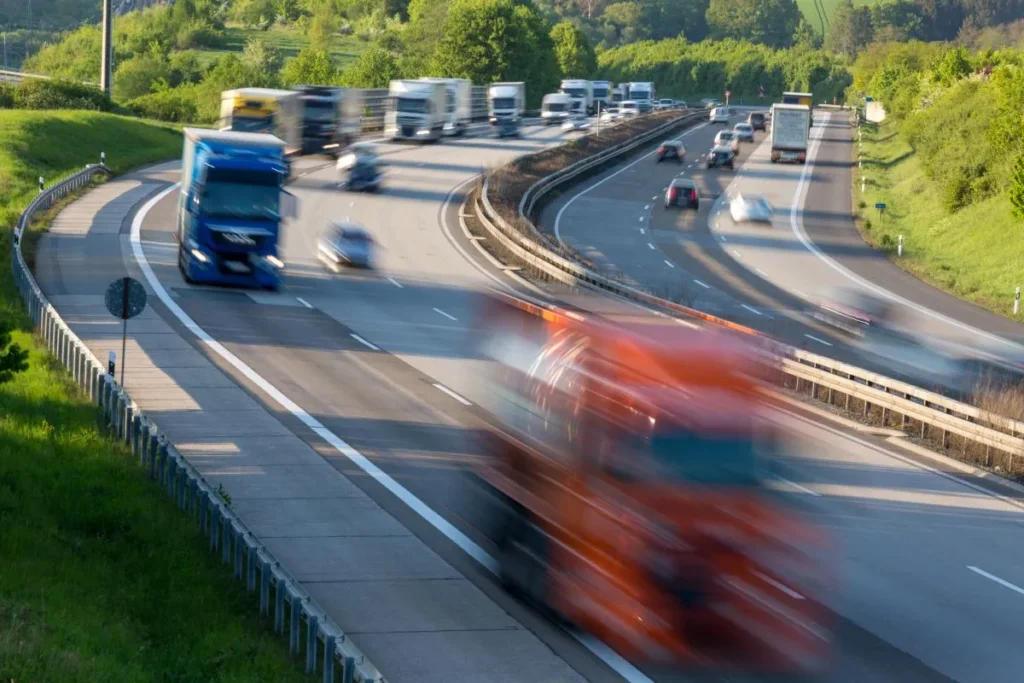A recent report published by the Commission of the European Union shows that lorry drivers employed by Western European Hauliers typically cost 179% more than their Eastern European counterparts.
The report uses figures for 2019, but also makes projections for up to 2023.
As the document states, pay will grow proportionally higher among truckers employed by Eastern European hauliers. However, labour costs in the West are still expected to be 171% higher come 2023:

In 2019, labour costs for Western European hauliers were estimated to be 179% higher on average than for Eastern European firms (Table 3-15). This cost difference is reflected in a higher share of labour costs in total operating costs for Western European firms. Although the projected growth rate of labour costs by 2023 is higher in Eastern European Member States compared to Western European Member States, labour costs in the West are still expected to be 171% higher than those in the East. Labour costs in Southern European countries are approximately halfway between West and East values (see Table 3-15).
The Commission report also stressed that labour costs, which include gross wages and social security costs, are a key cost component for hauliers. Therefore, the paper finds that “differences in labour costs within the EU road haulage market are a significant driver of market dynamics.”
Moreover, a graph of the aforementioned 2019 data has broken down the costs of hauliers in each EU member state. In Denmark, which has the highest operational costs in the EU, labour costs alone are higher than total operational costs in Lithuania, Romania and Latvia.

The report states that driver shortages have also led to a strong increase in the number of drivers from non-EU countries being employed in the EU:
The number of driver attestations issued to these drivers has almost doubled between 2014 and 2016 to around 76,000 (2.5% of the total workforce in the road haulage sector). Most of them are employed in Poland, Lithuania, Slovenia and Spain (European Commission, 2017c).
Photo credit: Bob Harvey / Geograph UK









